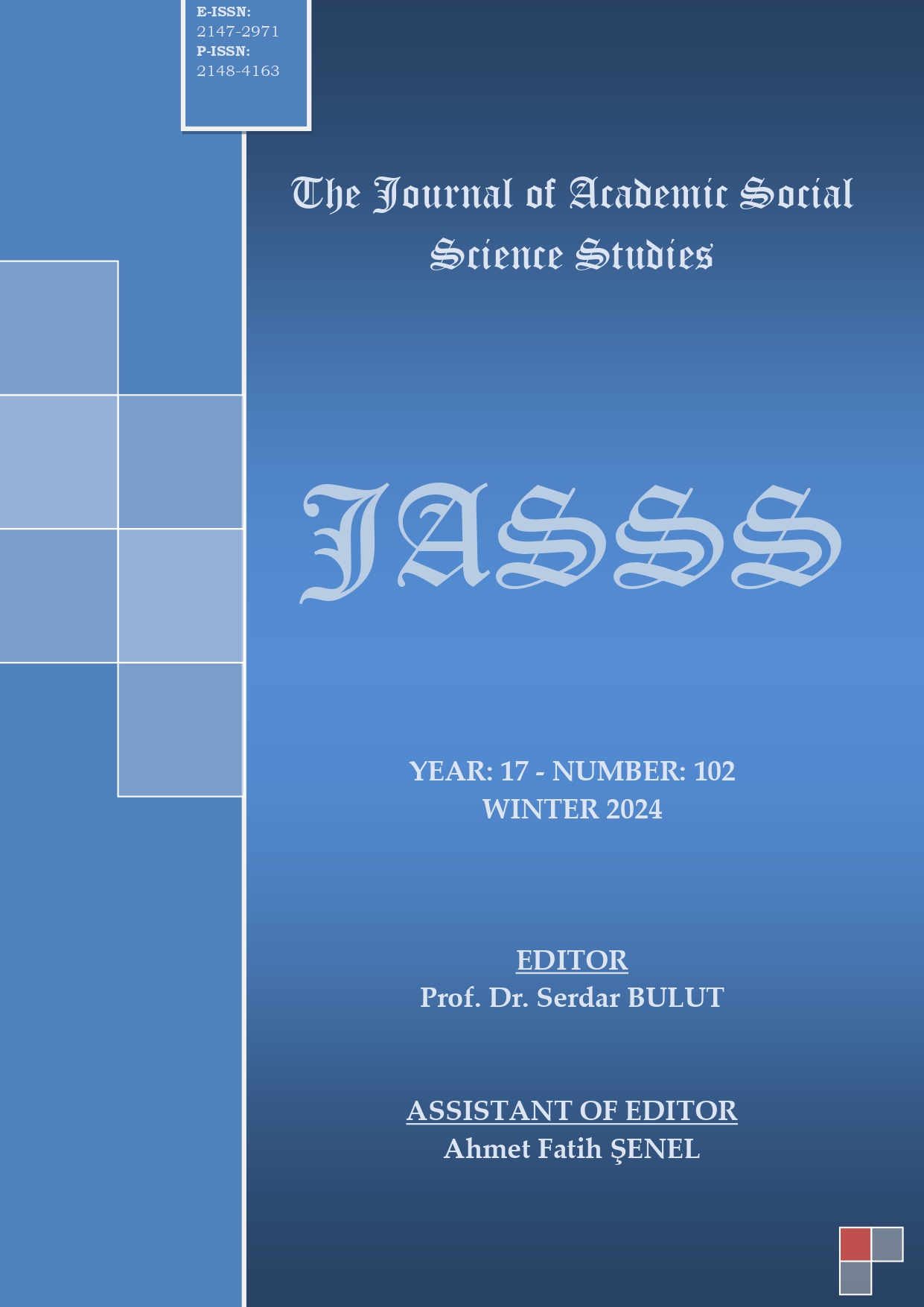Author :
Abstract
Osmanlı Devleti’nde Tanzimat süreci ile başlatılan yeni uygulamalar içerisinde sancak statüsüne son verilen Alanya, kaza olarak 1868 yılından itibaren Teke Sancağı’na bağlandı. Bu süreçte Alanya’da bütün ülkede olduğu gibi eğitim öğretim alanında da yeni uygulamalara gidildi. Sıbyan mektepleri ile medreselerde geleneksel yöntemlerle yapılan eğitim öğretim çağın gereksinimlerini karşılamıyordu. Bu anlamda Alanya’daki eğitim kurumlarının da ülke genelinden bir farkı yoktu. İlk olarak rüşdiye mektebi açılarak işe başlandı. Temel eğitim alanında eski usulde geleneksel yöntemlerle eğitim yapılan sıbyan mekteplerine başlangıçta dokunulmazken; yeni usulde eğitim yapılan ibtidâî mektepleri de açıldı. Böylece sıbyan ve ibtidâî ikilemi devam ederken; 1881 yılından sonra mevcut sıbyan mekteplerinin, ibtidâî mekteplerine dönüştürülme süreci başladı. İbtidâîler aslında rüşdiyelere öğrenci hazırlayan kurumlardı. Medrese, sıbyan ve rüşdiye mektepleri bir süre Alanya’da yan yana bulundu. İbtidâî ve rüşdiye mektepleri ile muallim ve talebeler eğitim öğretim sürecinin önemli unsurlarıydı. İbtidâî ve rüşdiye mekteplerinin fiziki ve altyapı koşullarının yetersizliği ile muallimlerin eğitim öğretim alanındaki çalışmaları ve verimlilik durumları sorgulanması gereken hususlardı. Mektepler daha çok halkın ve hayırseverlerin desteği ile yapılıp açılan kurumlar olup mevcut ekonomik koşullar içerisinde bakım ve onarım giderlerini çoğu zaman devlet karşılayamadı. Mekteplerde sıra bulmak bile mümkün değildi. Kaza idarecilerinin eğitim öğretime ilgileri yetersizdi. Kazada uzun yıllar muallimlik yapanların eğitim öğretime katkıları tartışılır hale geldi. Dönem içerisinde mevcut koşullar altında ibtidâîler ile rüşdiye mektebi dışında Alanya’da bir üst öğretim başmağının açılması çok da mümkün değildi.
Keywords
Abstract
Alanya, whose sanjak status was terminated within the new practices initiated with the Tanzimat process in the Ottoman Empire, was connected to Teke Sanjak as an accident as of 1868. In this process, new practices were introduced in the field of education and training in Alanya, as in the whole country. The traditional methods of education in sıbyan schools and madrasas did not meet the requirements of the age. In this sense, educational institutions in Alanya were no different from the country in general. Firstly, a rüşdiye school was opened. In the field of basic education, while the sıbyan schools, where education was carried out in the old style with traditional methods, were initially left untouched; ibtidâî schools, where education was carried out in the new style, were also opened. Thus, while the dichotomy of sıbyan and ibtidâî continued, the process of converting the existing sıbyan schools into ibtidâî schools began after 1881. Ibtidâîs were actually institutions that prepared students for rüşdiyes. Madrasah, sıbyan and rüşdiye schools existed side by side in Alanya for a while. Ibtidâî and rüşdiye schools, teachers and students were important elements of the education process. The inadequacy of the physical and infrastructural conditions of the ibtidâî and rüşdiye schools, as well as the work and productivity of the teachers in the field of education and training were issues that needed to be questioned. Schools were mostly built and opened with the support of the public and philanthropists, and in the current economic conditions, the state was often unable to meet the maintenance and repair expenses. It was not even possible to find a desk in the schools. The interest of the accident administrators in education was insufficient. The contributions of those who had been teaching in the accident for many years to education became questionable. Under the existing conditions during the period, it was not possible to open a higher education centre in Alanya except for ibtidâîs and rüşdiye schools.





